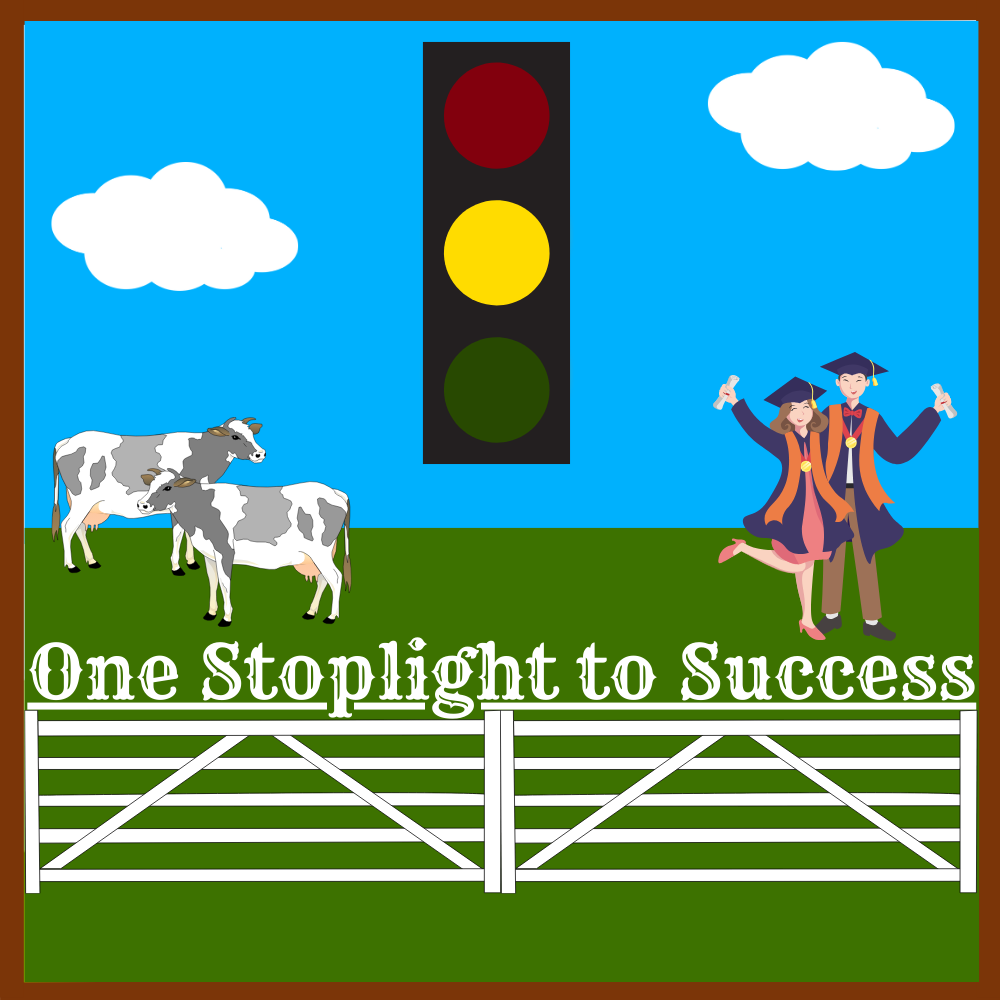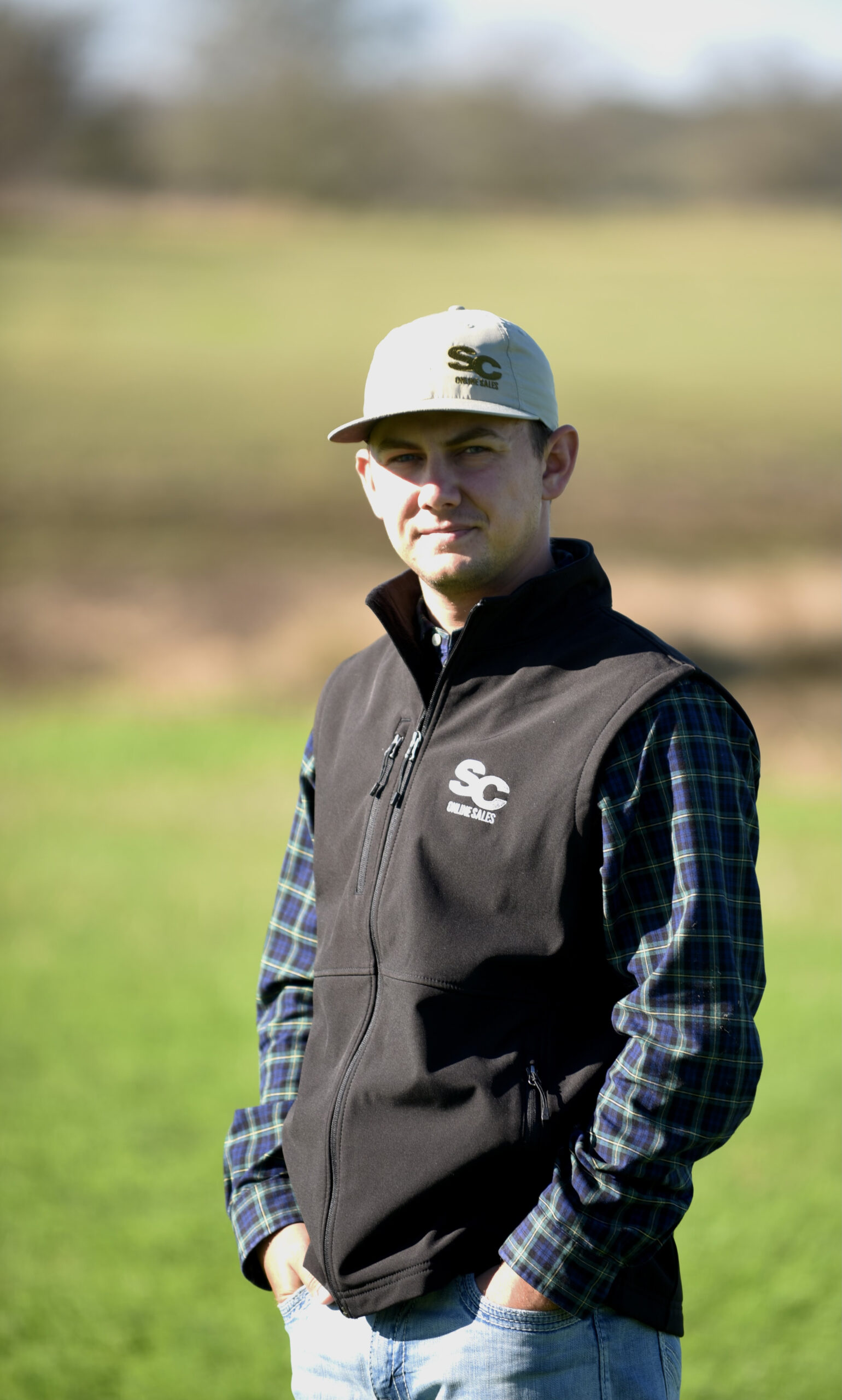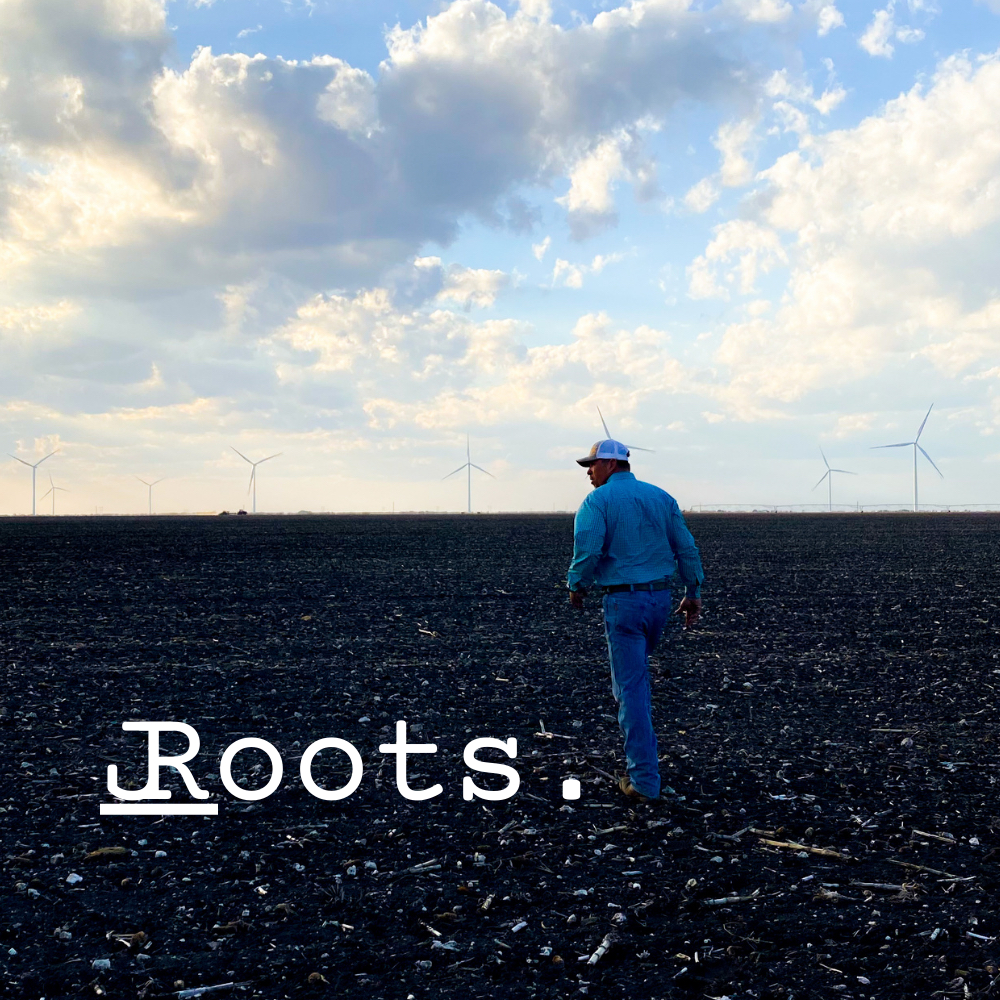Tag: agriculture
-
Why All The Rules?: E2
In episode 2 “Riding Solo” I break down the previous episode with guest Jake Richardson and discuss what is next. After the brief breakdown, I will discuss my opinions on many different things, and give my thoughts of where the show livestock world is at. This will not be a particularly exhilarating episode, but more…
-
“Pilot” w/ Jake Richardson
Welcome to The Crying Hole and our “Pilot” episode with Jake Richardson. We will have discussions about all things within the livestock show world. Although it may seem dominated by the sheep and goat industry, we still give our takes throughout the rest of the industry. Be prepared for some takes that may be a…
-
Roots: Episode 1 – Origins
Welcome to Roots. I’m your host, Abby Huie, and I’ll be walking with you through the story of my family’s farm and ranch outside of Beeville, South Texas. We will dive into the origins of 1349 Food and Fiber, its struggles and successes, and the outlook for future generations. We’ll also explore the ways that…
-
Roots: Episode 2 – 1349 in 2022
In episode 2, we are exploring the modern-day farm operation at 1349 Food and Fiber. Our discussion will cover the everyday routine, how farmers handle financial risk, and the why behind the commitment to this lifestyle. FM 1349 The 1349 Food and Fiber ranch is rooted in roughly 900 acres up and down Farm to…



